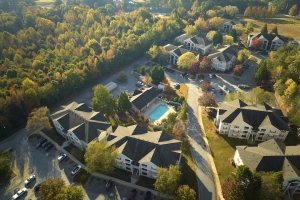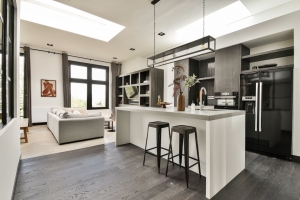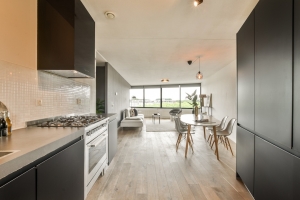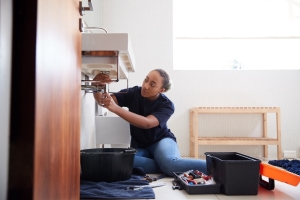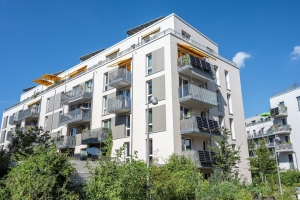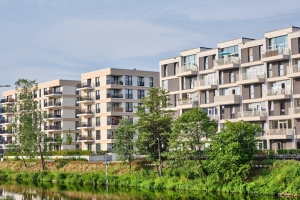Demographics For People Who Rent Are Changing
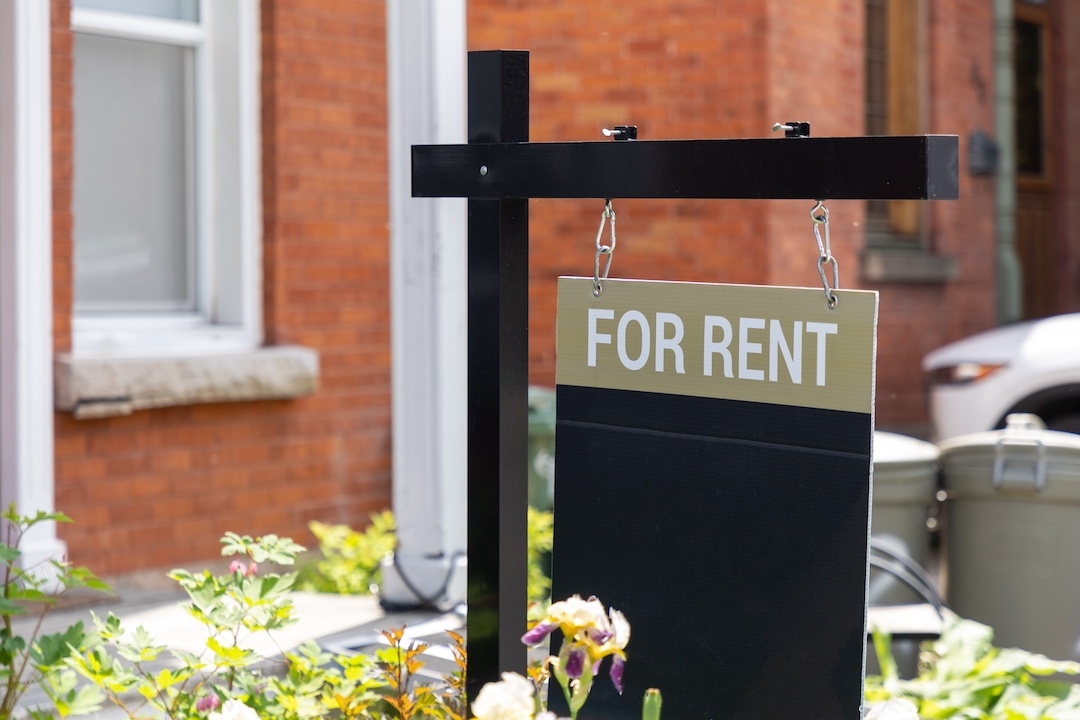
It's more true now than ever that people need places to live, but actual homeownership is not always feasible. Rising home prices. Currently, a little over one-third of Americans are living in rented residences, although the most interesting thing about this is the shift that's occurring demographically.
The Expected Young
Of course, it's no surprise that the majority of people who aren't homeowners are younger people. When looking at the age ranges, it's seen that two-thirds of Americans under the age of 35, if they are not still living with family, are living in rented residences. Of course, part of this can be attributed to the relative lack of financial prowess within this age range.
At the low end, new/young adults are just starting out in their careers, and typically don't have sizable savings, let alone mature salaries that look sound and stable enough to make down payments on a mortgage or even get approved for such a loan in the first place. This is a demographic that is at the start of their career and often still familiarizing themselves with the process of building their financial resources for future ambitions, such as starting a family or homeownership. Because of this, the majority of younger Americans choosing to live on their own must often rent their living space.
The Seniors On The Rise
However, one interesting shift that is now occurring in demographics is that while the young have perennially rented their residences, a growing market of residences for rent is catering to older Americans. Unlike some other cultures, multi-generational households are not commonplace in the USA, and as a result, many Americans entering their senior years are now facing life on their own.
However, as age catches up with them, this can bring a raft of aging-related issues, such as decreasing mobility or emerging medical conditions that can impact everyday life. As a result, an independent lifestyle in a typical home—even one that is owned—may no longer be practical. While it may be possible to renovate a house to cater specifically to senior needs, the cost is often significant, and may not address additional requirements, such as having assistance readily available.
This has led to more American seniors transitioning back to a rental model, but this time in the form of "assisted living" residences. The comprehensiveness of assisted living can range from specialized homes that cater to mobility issues, all the way to having additional personnel present to supervise, help, and medicate residents if necessary.
Adapting To Change
The lifestyles and ratios of demographics in America are changing. Financial factors, such as an uncertain economy, and population factors, like rising senior populations and people having fewer children, are changing the face of America's population and their living choices.
For people and businesses with an interest in keeping up with the market environment, these demographic shifts are important to note. With the economic uncertainty of the current economy, it's likely that more and more people may be reluctant or unable to become homeowners. To ensure you're maximizing the benefits of your residential property investments, contact Occupancy Solutions and let us help.


